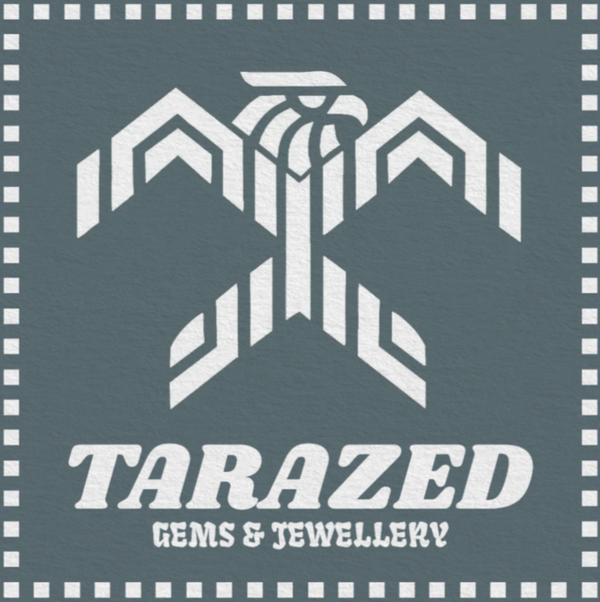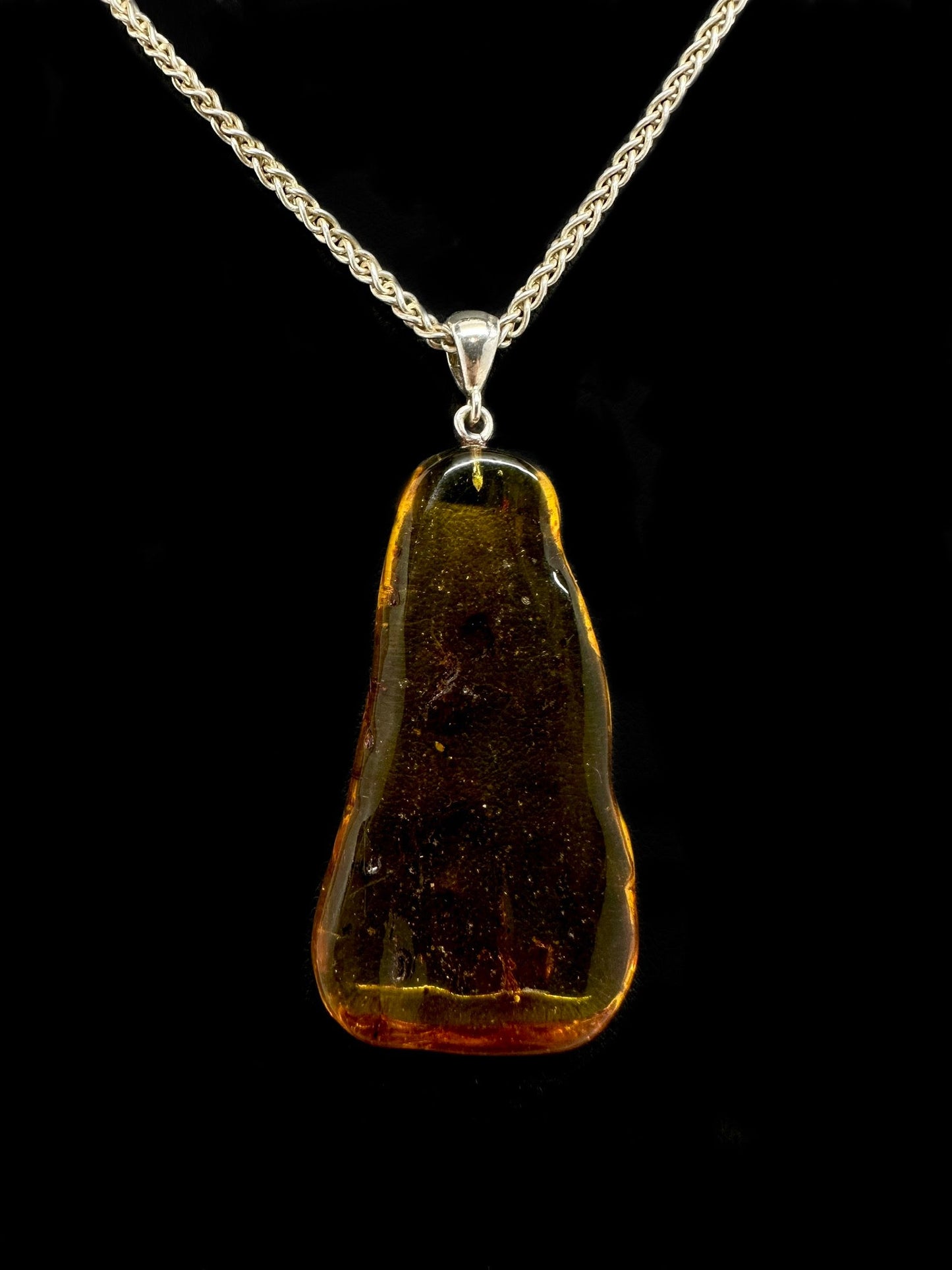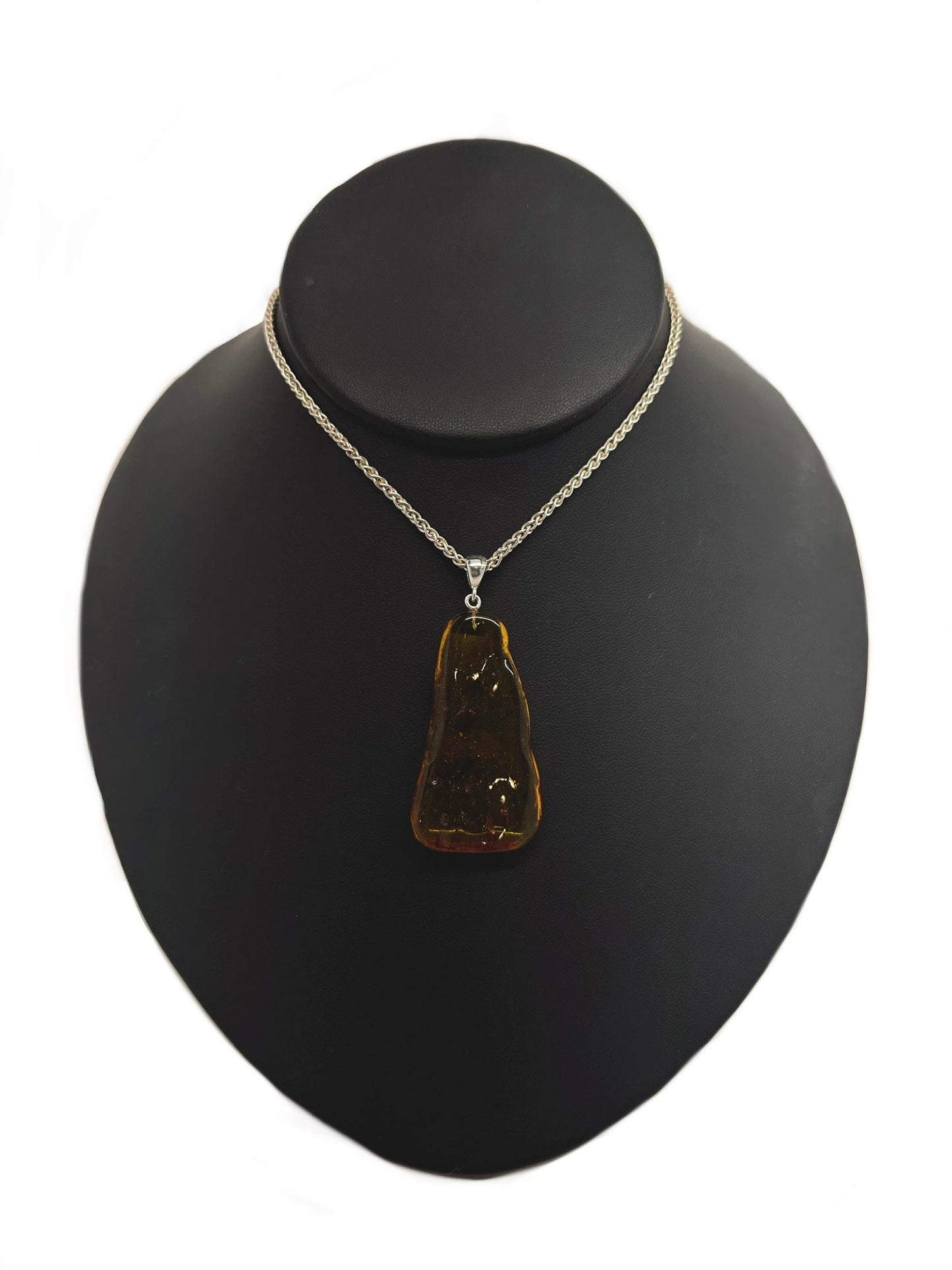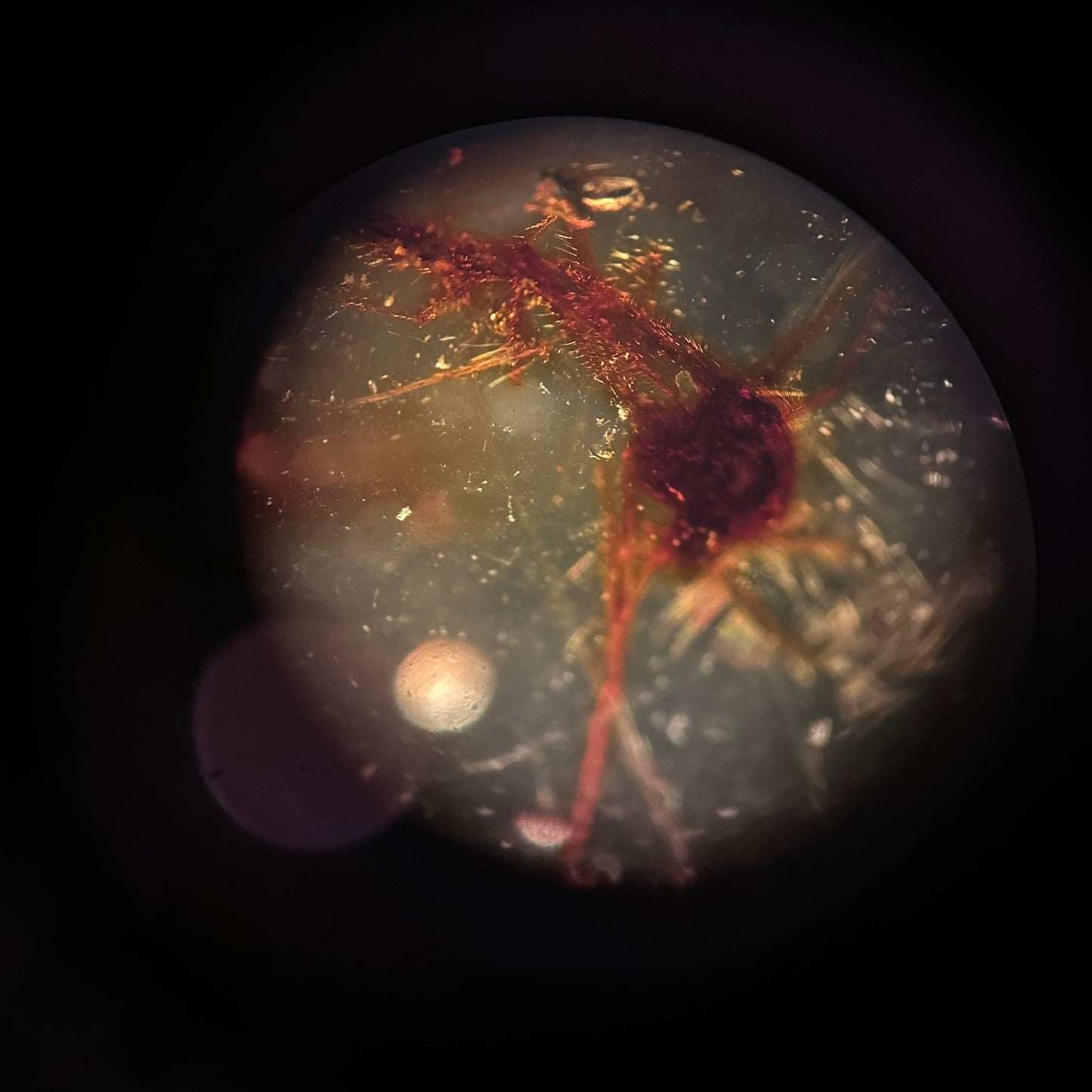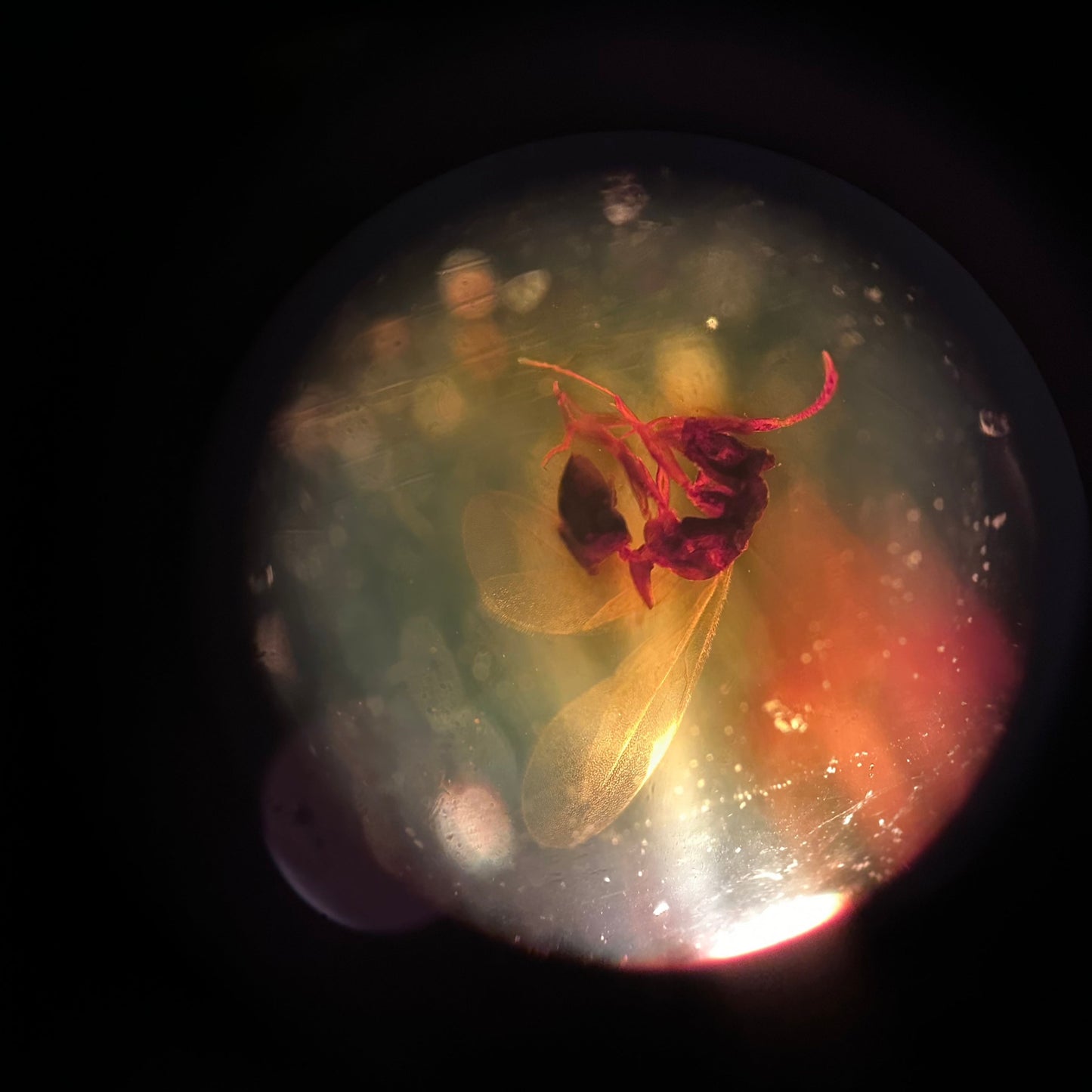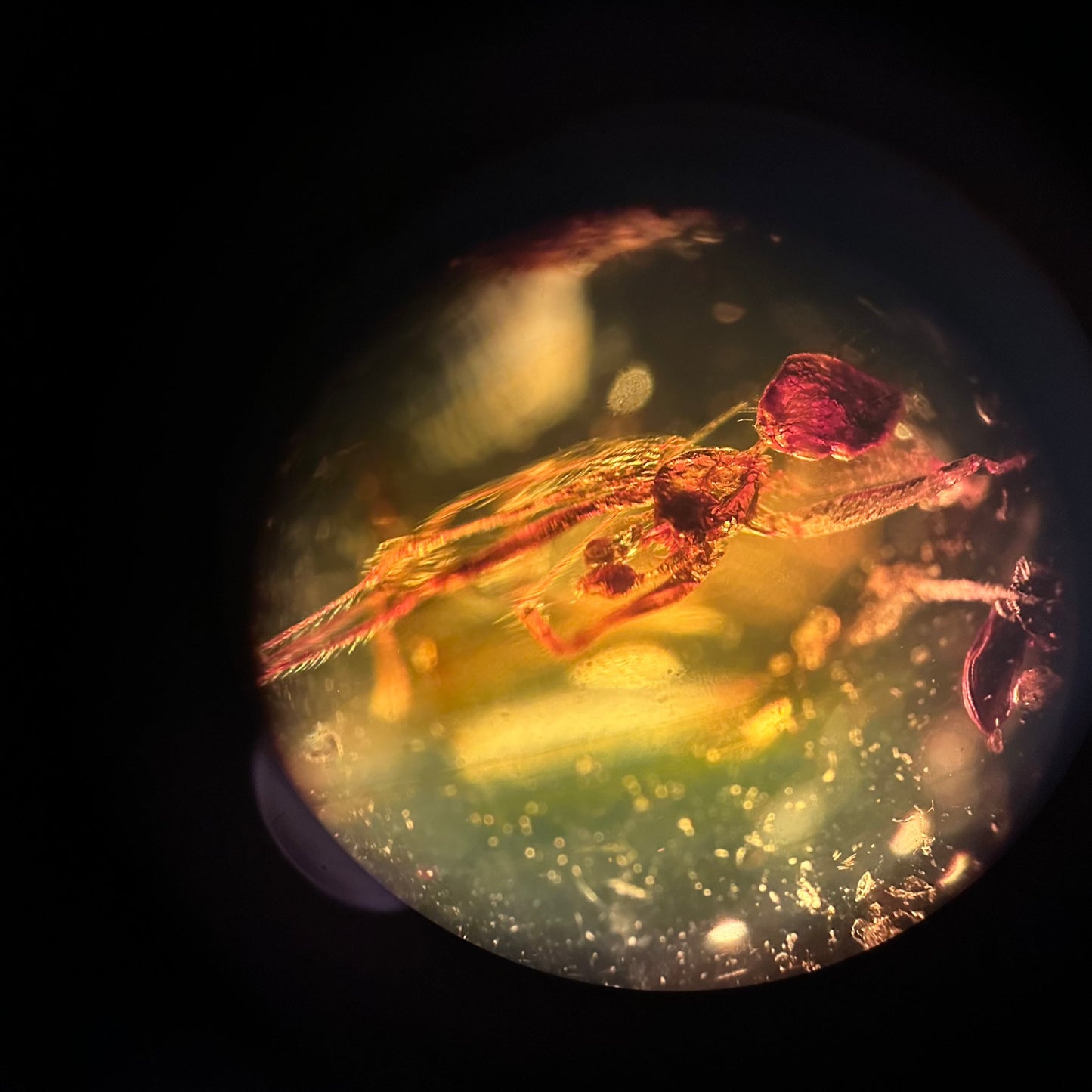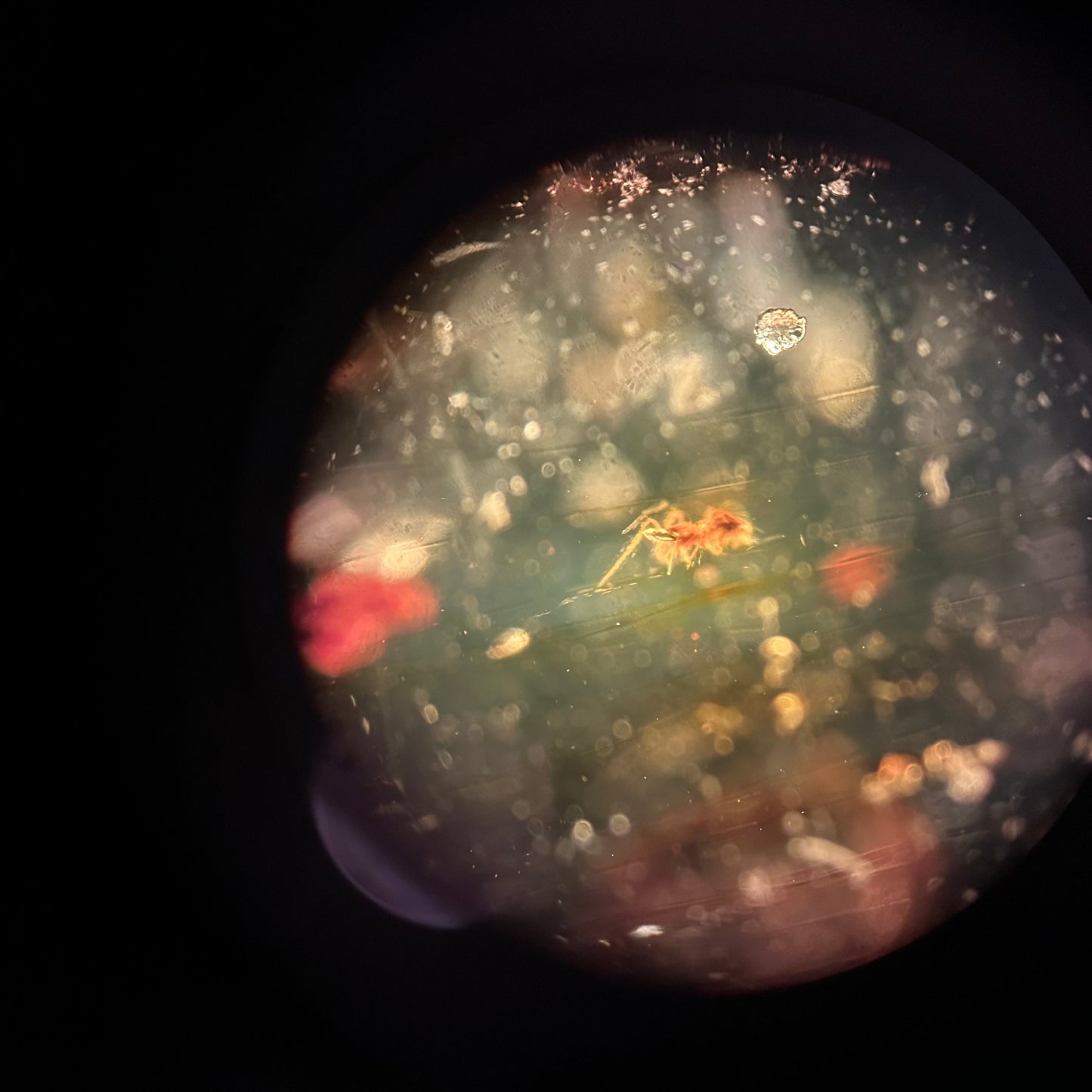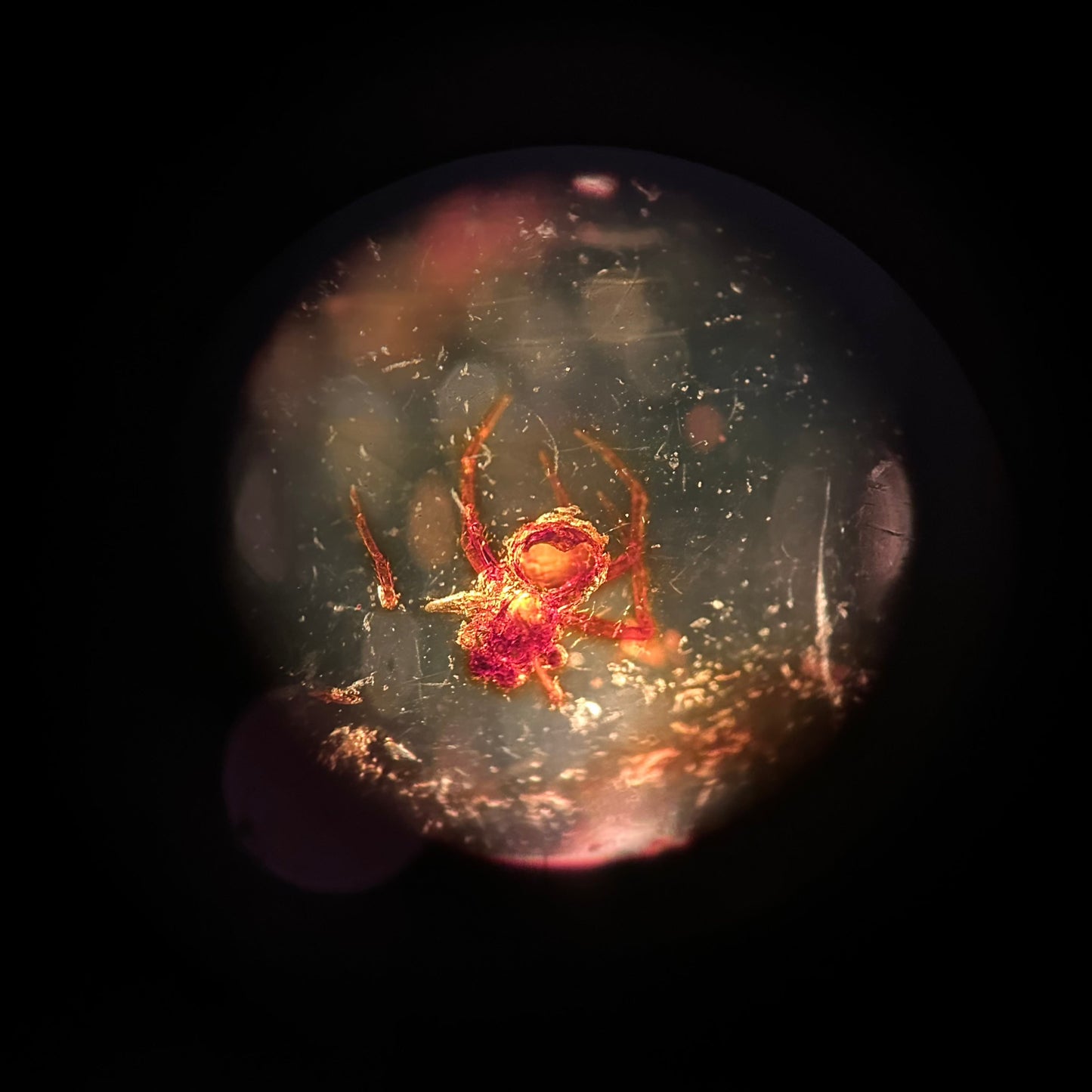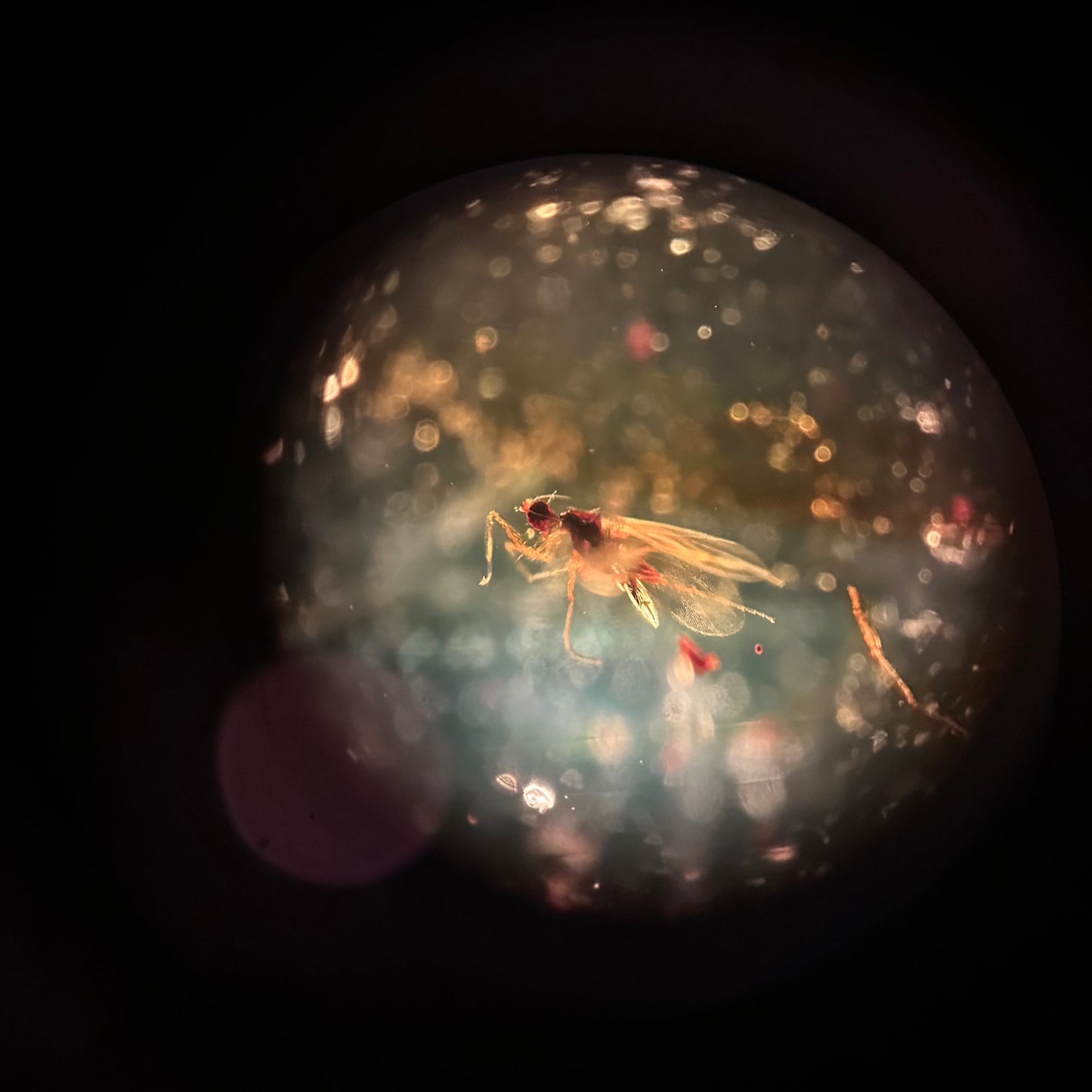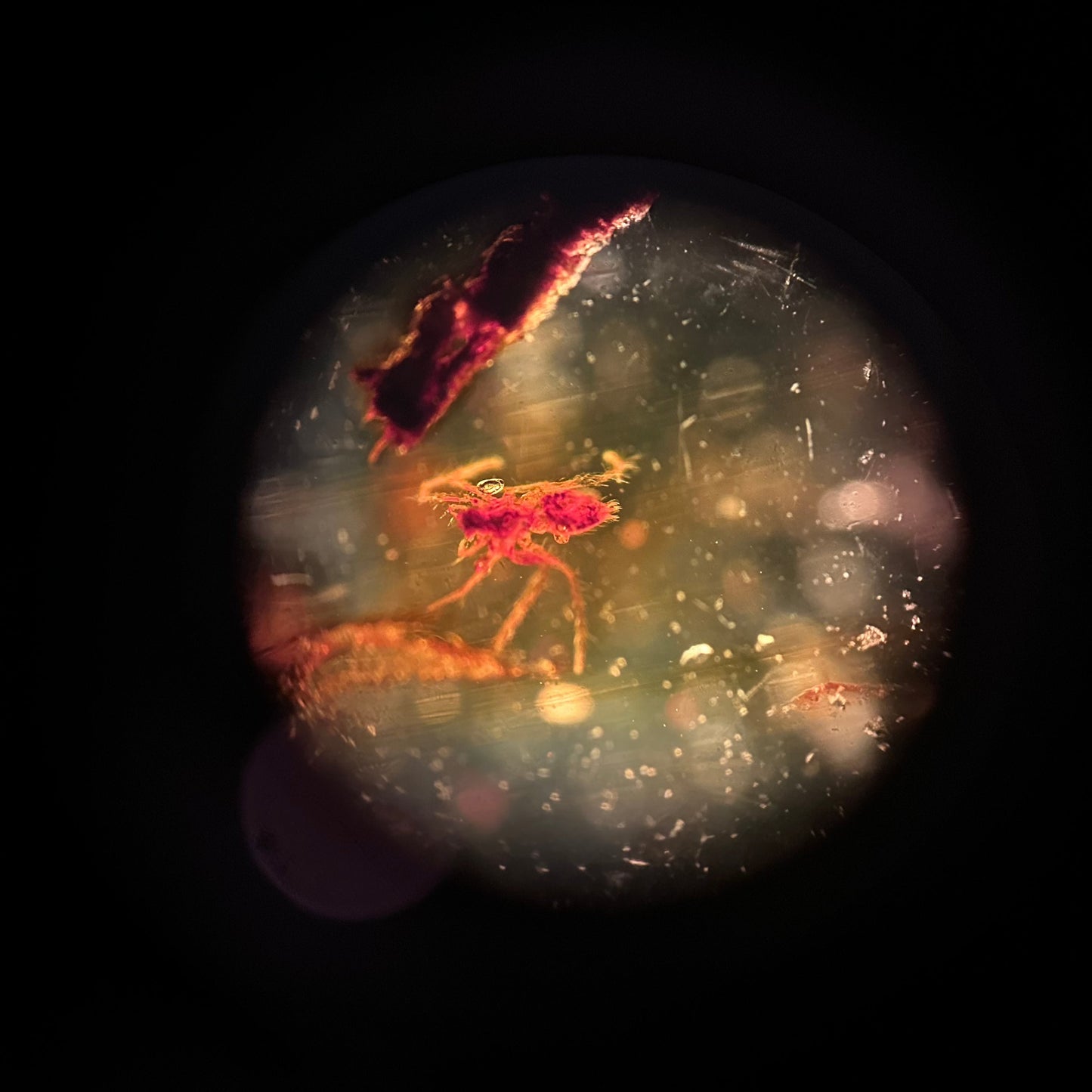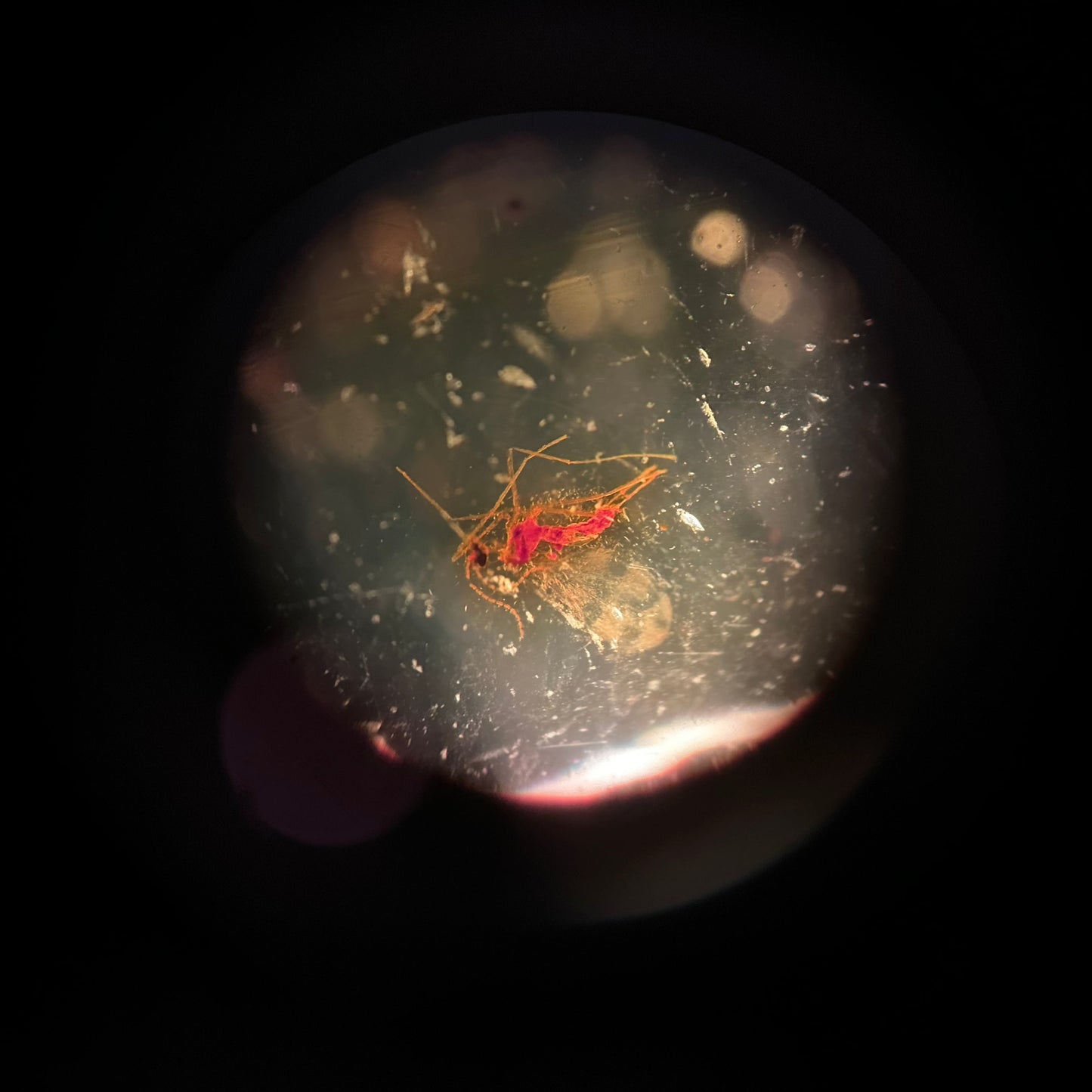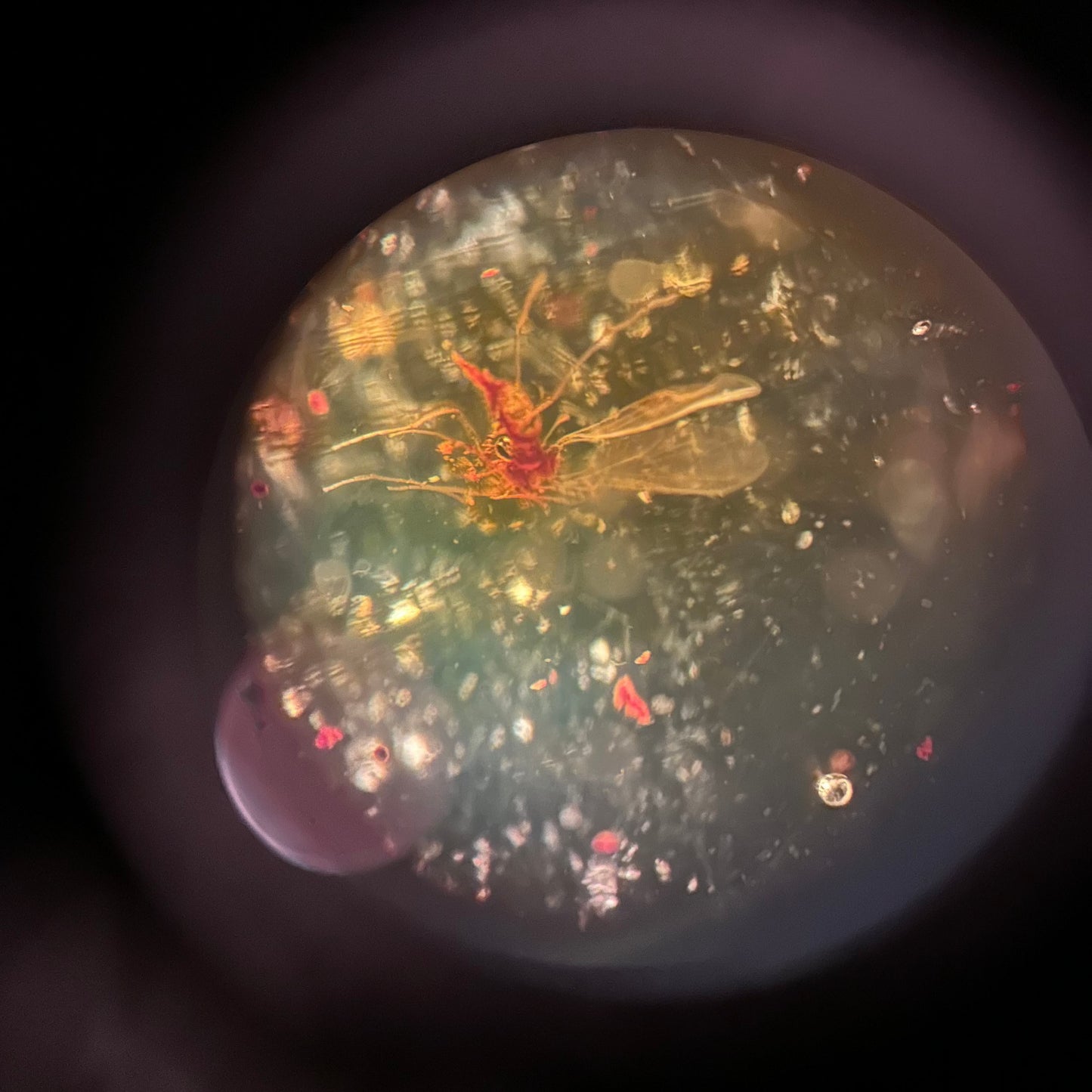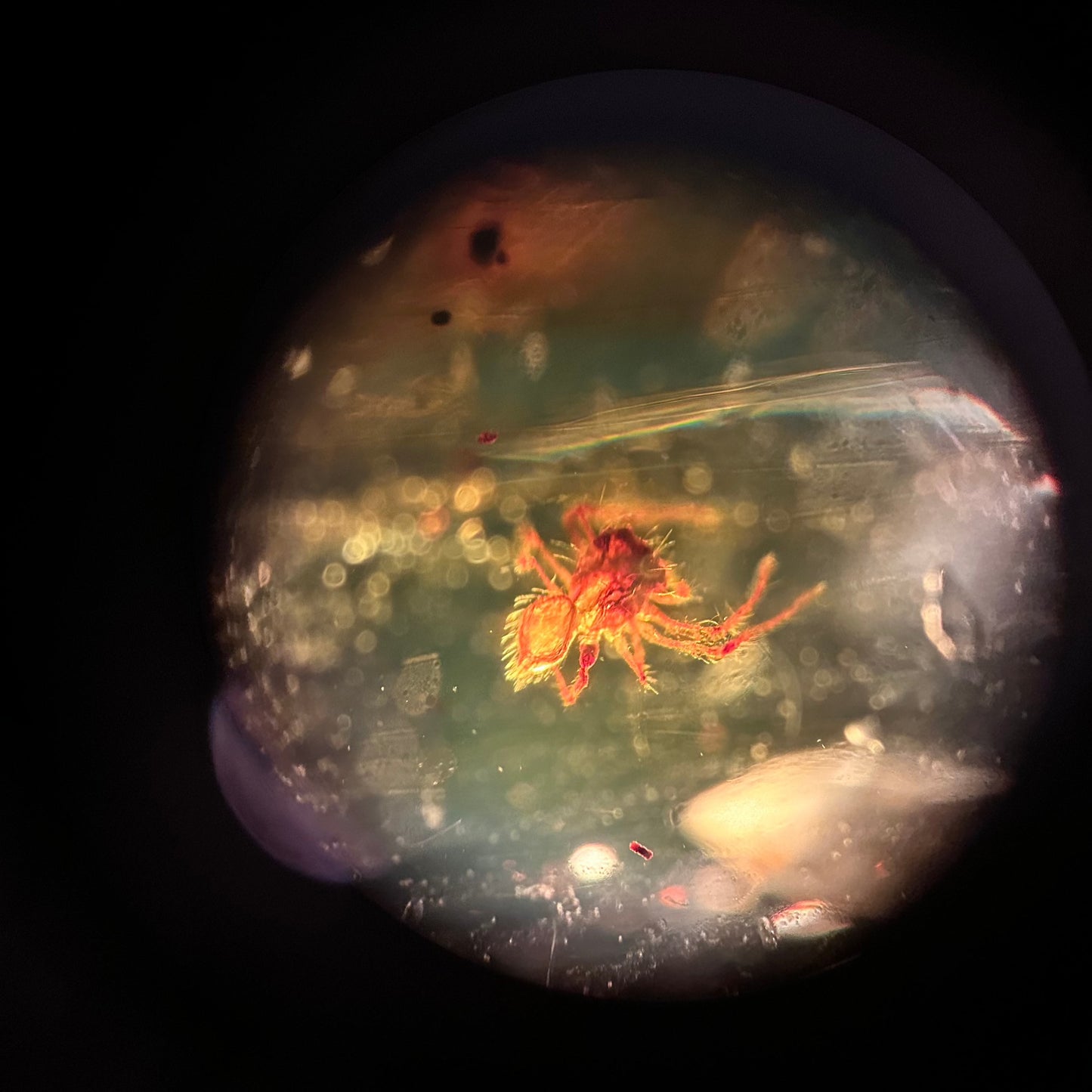Tarazed Gems & Jewellery
Baltic Amber Pendant with Insect Inclusions
Baltic Amber Pendant with Insect Inclusions
Couldn't load pickup availability
Baltic Amber Pendant with Insect Inclusions
Mineral: Baltic Amber
Origin: Baltic Sea, Lithuania.
Color: Cognac
Insect Inclusions: Mosquitos, Flies and Arachnids
Treatment: None
Fluorescence: Green
Material: Sterling Silver (925)
Approximate Dimensions: 6.5cm x 3cm x 1cm
Weight: 7g
Note: Chain NOT Included
10% of this purchase will be donated to The World Wide Fund for Nature (WWF) [EU]
Amber is probably best known for its insect and other types of inclusions. Millions of years ago, when amber oozed from countless plants, the substance acted as a sticky trap for ants, bees, termites, and other insects. Flower parts, leaves, and pine needles are also typical amber inclusions, along with gas bubbles.
Amber containing larger animals like scorpions, snails, frogs, and lizards can be very valuable—especially if the animal “inclusions” are preserved intact.
Pliny cites the opinion of Nicias (c. 470–413 BCE), according to whom amber
is a liquid produced by the rays of the sun; and that these rays, at the moment of the sun's setting, striking with the greatest force upon the surface of the soil, leave upon it an unctuous sweat, which is carried off by the tides of the Ocean, and thrown up upon the shores of Germany.
Besides the fanciful explanations according to which amber is "produced by the Sun", Pliny cites opinions that are well aware of its origin in tree resin, citing the native Latin name of succinum (sūcinum, from sucus "juice"). In Book 37, section XI of Natural History, Pliny wrote:
Amber is produced from a marrow discharged by trees belonging to the pine genus, like gum from the cherry, and resin from the ordinary pine. It is a liquid at first, which issues forth in considerable quantities, and is gradually hardened [...] Our forefathers, too, were of opinion that it is the juice of a tree, and for this reason gave it the name of "succinum" and one great proof that it is the produce of a tree of the pine genus, is the fact that it emits a pine-like smell when rubbed, and that it burns, when ignited, with the odour and appearance of torch-pine wood.
Color may vary in images and videos due to different lightings and angles.
